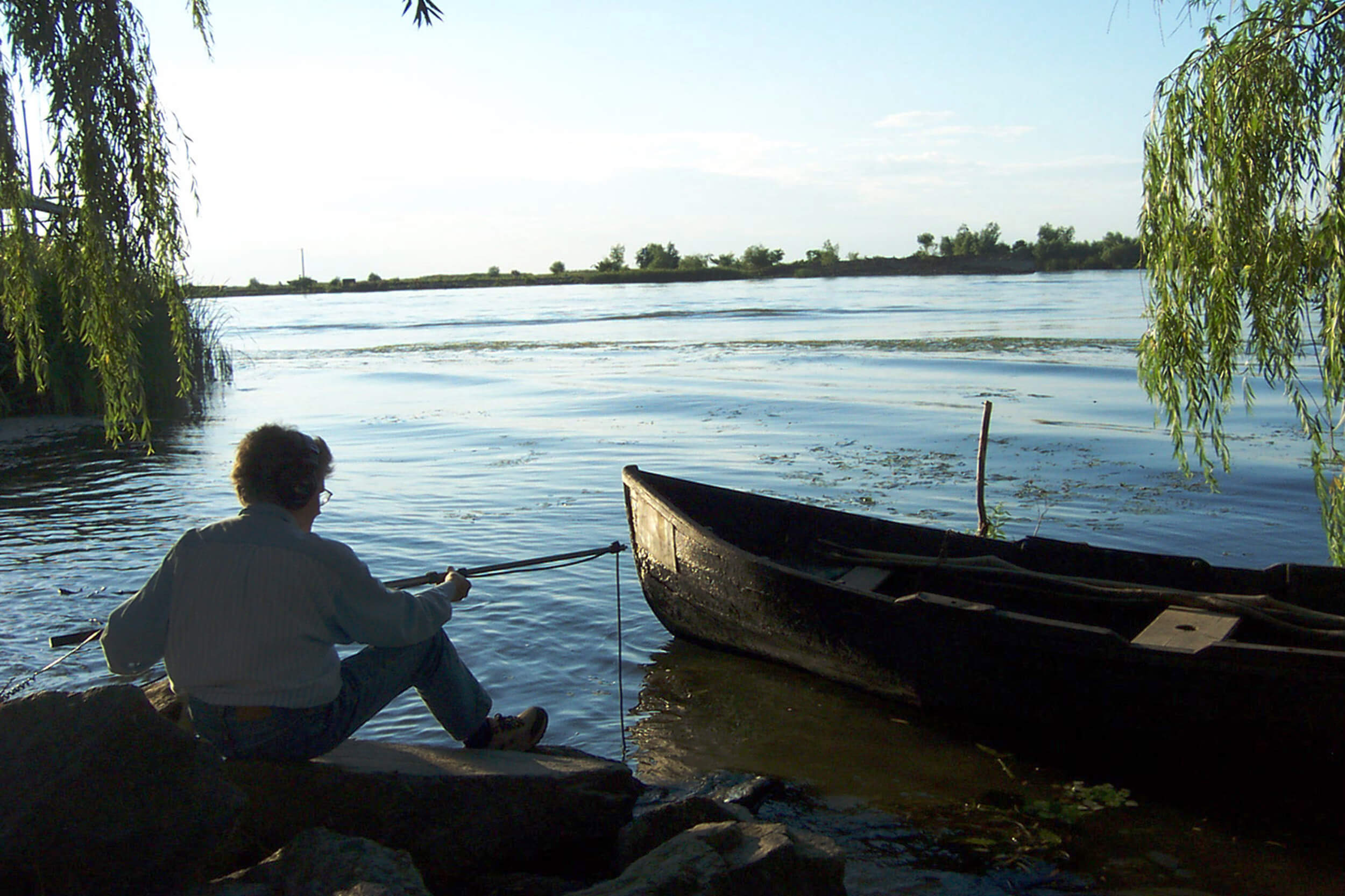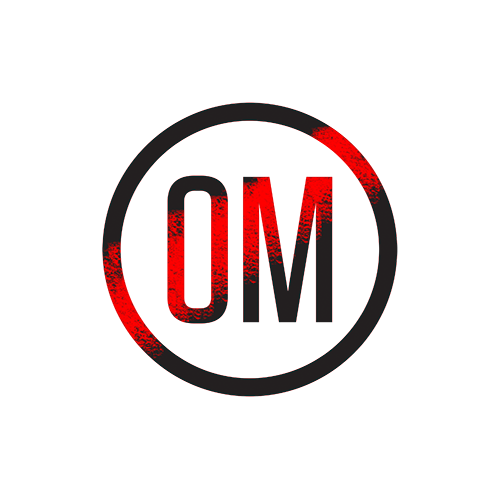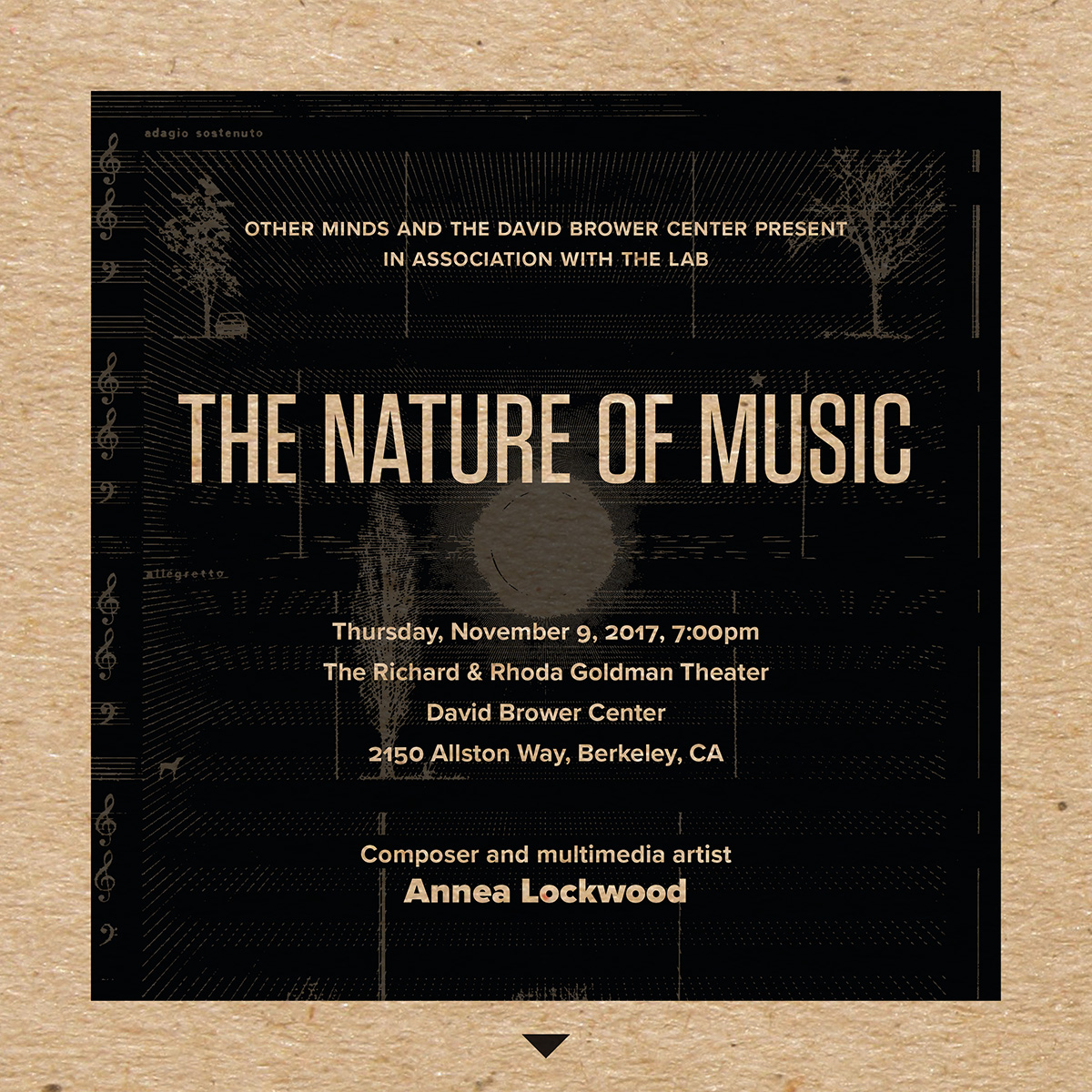
Annea Lockwood
With the advent of the portable cassette player in 1970, a veritable explosion of interest in capturing, incorporating, and deploying the music of nature has transformed the work of living composers–in effect, blurring the boundaries between art and nature. Consequently, Other Minds, in collaboration with the David Brower Center in Berkeley, has launched a series of concert/talks with composers who are redefining The Nature of Music. We were thrilled to have one of the world’s leading figures in this genre, New Zealand-born New Yorker Annea Lockwood, with us to present and discuss her music of the world’s rivers on Thursday, November 9th, 7:00pm, in the Goldman Theater in Berkeley.
Annea’s work is far-reaching in scope, ranging from works for conventional voices and instruments to graphic scores, electronics, and manipulated sounds, both natural and “unnatural.” She started the event with a 45 minute presentation of some of her work relating directly to the environment, covering her sound maps of the Hudson and the Danube rivers. And she discussed her sound installation currently on view at The Lab in San Francisco, and a performance on Saturday, Noveber 18, also at The Lab, where she, William Winant and Fred Frith performed Jitterbug, the score of which is an actual striated rock, interpreted by the performers per her instructions.
To learn more about Annea Lockwood and her music, click here to go to her website.
Event Program
Program Notes
Reflections on experiencing environmental sound as a powerful channel through which to sense our deep connection with the non-human world, non-separation. Such experiences can, Lockwood believes, bring changes in how we interact with other phenomena, from exploitation to collaboration. Works focused on the natural sound world will be discussed: Two sound installations – A Sound Map of the Danube (2001-5) and the 2014 collaboration with Bob Bielecki, Wild Energy which draws on infrasound and ultrasound from geophysical and atmospheric sources, and Jitterbug, a concert work incorporating Lockwood’s recordings of aquatic insects and three musicians reading images of rocks as graphic scores.
Jitterbug was commissioned by the Merce Cunningham Dance Company in 2006 for the dance ‘eye-space.’ William Winant has recorded it for New World Records and has performed it many times. A Sound Map of the Danube has been presented ten times, in Europe and the US, most recently at Ars Electronica, Linz, Austria this past September. This will be the first presentation on the West Coast. Wild Energy was commissioned by the Caramoor Festival.
Fred Frith, William Winant and Annea Lockwood will perform Jitterbug at The Lab on November 18th, and A Sound Map of the Danube will run there from November 11 to 18.
Biography
Annea Lockwood is one of the legendary composers of our time. Born on July 29, 1939, in Christchurch, New Zealand, her works range from conventional instrumental scores to pieces involving electronics, graphic scores, ambient sounds, and site-specific installations. Her oeuvre for piano – including pieces in which the instrument is planted, set on fire, or placed on beaches – has set a new standard for theatricality, not to mention keyboard pedagogy.
During the 1960s she collaborated with sound poets, choreographers and visual artists, and also created a number of works such as the Glass Concerts which initiated her lifelong fascination with timbre and new sound sources. In synchronous homage to Christian Barnard’s pioneering heart transplants, Lockwood began a series of Piano Transplants (1969-82) in which defunct pianos were burned, drowned, beached, and planted in an English garden.
During the 1970s and ’80s she turned her attention to performance works focused on environmental sounds and life-narratives, often using low-tech devices such as her Sound Ball, containing six small speakers and a receiver, designed by Robert Bielecki for Three Short Stories and an Apotheosis, in which the ball is rolled, swung on a long cord and passed around the audience. World Rhythms, A Sound Map of the Hudson River, Delta Run, built around a conversation she recorded with the sculptor, Walter Wincha, who was close to death, and other works were widely presented in the US, Europe and in New Zealand.
Since the early 1990s, she has written for a number of ensembles and solo performers, often incorporating electronics and visual elements. Thousand Year Dreaming is scored for four didgeridus, conch shell trumpets and other instruments and incorporates slides of the cave paintings at Lascaux. Duende, a collaboration with baritone Thomas Buckner, carries the singer into a heightened state, similar to a shamanic journey, through the medium of his own voice. Ceci n’est pas un piano for piano, video, and electronics merges images from the Piano Transplants with Jennifer Hymer’s musings on her hands and pianos she has owned, her voice being sent through, and colored by the piano strings.
Much of her music has been recorded, on the Lovely, XI, Mutable, Pogus, EM Records (Japan), Rattle Records, New World, 3Leaves and Black Truffle labels. She is an Emerita Professor at Vassar College and is a recipient of the 2007 Henry Cowell Award.
Video from the Event
Audio from the Event
These tracks were used by Annea Lockwood during her presentation for The Nature of Music.
These tracks were given to us by Annea in advance of her appearance in The Nature of Music.
Photos from the Event
Photos by Mark Abramson
Personal Photos
By Charles Amirkhanian
These are personal pictures taken in April 1972 of Annea Lockwood and her pianos at her home in Ingatestone, Essex, England. The gentleman in front of his front door is sound poet Henry Chopin. Annea is wearing the yellow top. The piano sunken in the garden was a sculpture called “The Titanic.” These photos have not been previously published. © 1972 Charles Amirkhanian.




